
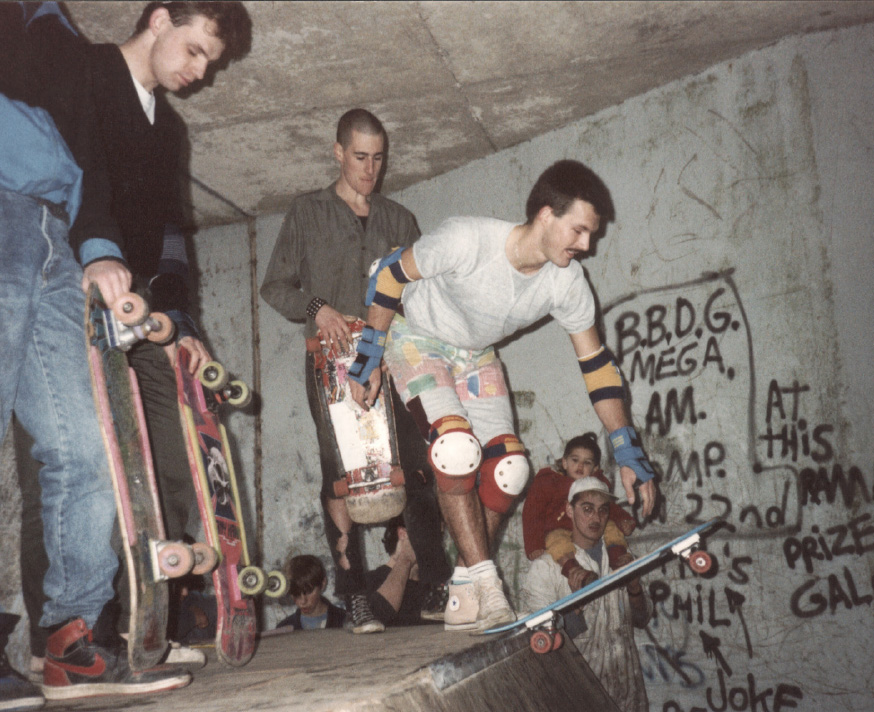
In the mid-1960s, the first incarnation of skateboarding – or ‘sidewalk surfing’ as it was then called - boomed in California, entering the mainstream and being picked up by legions of enthusiasts all over the world. Skateboarding’s popularity continued to grow through the 1970s, though by the end of the decade, both the industry and the scene had all but died out, with only the dedicated few keeping the four-wheeled flame burning.
Owing largely to the appearance of skateboarding in major movies such as Back to the Future and Police Academy 4 by the late 1980s the global scene was thriving again, this time around with a renewed focus on exploring the streets, and this is where Milton Keynes really came into its own. With its plethora of granite, square ledges, sets of stairs and sloped underpasses, the architecture of Milton Keynes lends itself perfectly to the act of street skating, and – over the course of the five decades since its inauguration – has bore witness to some pivotal moments in UK skateboarding history.

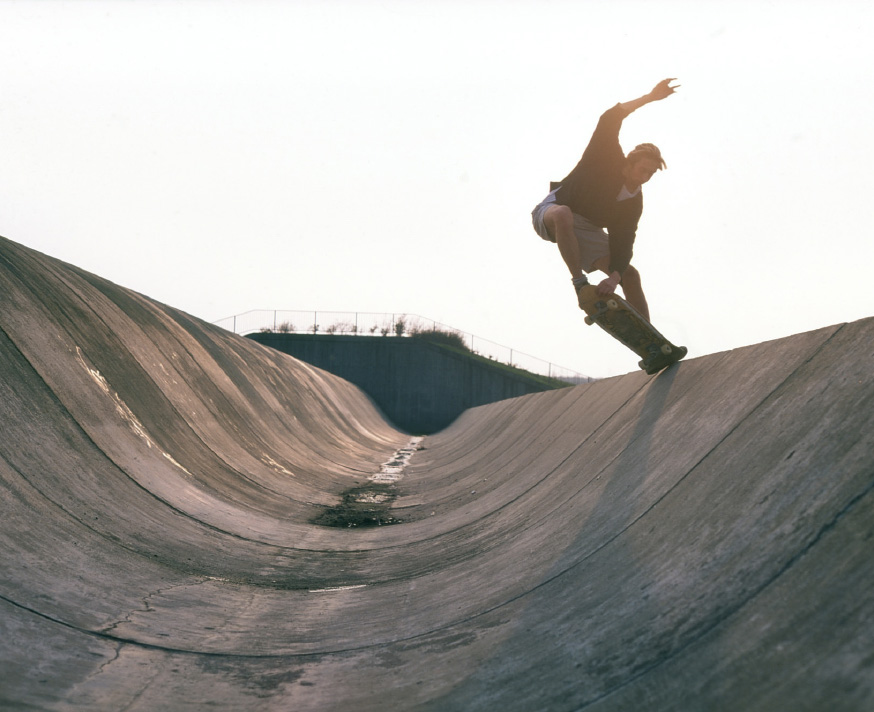
The unique infrastructure of Milton Keynes ensured that the area almost instantly became a hotbed of talent when modern street skating rose in prominence during the late 1980s and early 1990s, with the likes of James ‘Doc’ Matthews, Dean Jasper, Ian Weston, James Jessop and Leo Sharp all garnering considerable attention for their early exploits in the city.
Throughout the early years of the decade, Milton Keynes became something of a second home to UK street skating pioneers such as Matt Pritchard and Mike Manzoori, who began to unlock the full potential of the city’s modern architecture. Having cut his teeth on the marble of the Milton Keynes bus station, Rob Selley quickly caught the attention of the national skate media as he singlehandedly pushed the boundaries of switchstance skating and produced era-defining video parts for the first Blueprint Skateboards releases ‘A Mixed Media’ (1996) and ‘Anthems’ (1998).
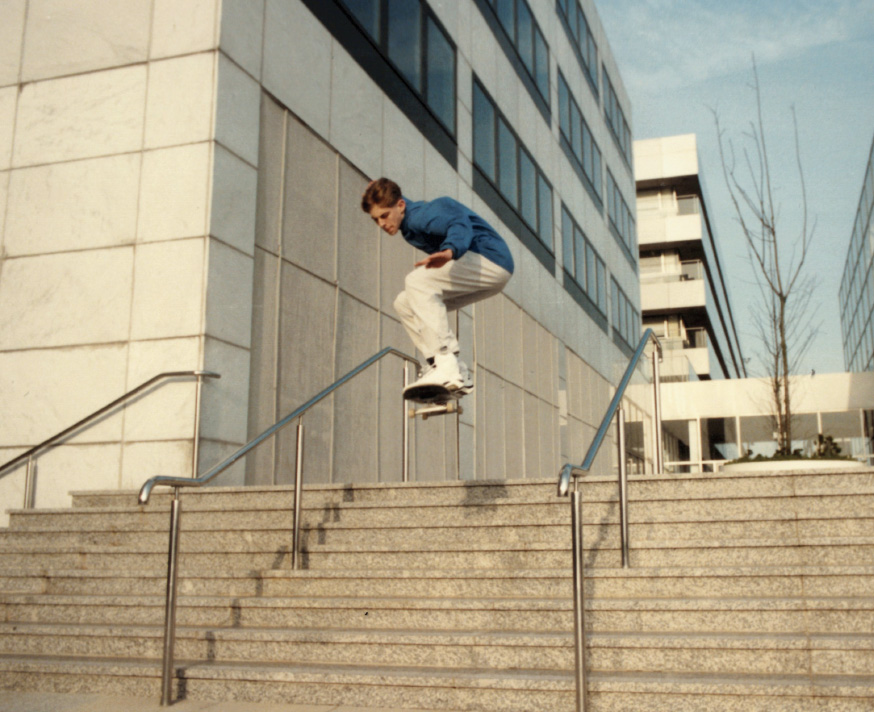
As ever, the UK scene was heavily influenced by what was happening over the Atlantic, and as such, the hip-hop that sound-tracked most major US video releases became the music of choice for most young skaters, with the fashion choices reflecting this dynamic shift in youth culture. As a result, the wardrobes of most skaters at the time consisted mainly of oversized jeans, baggy t-shirts, hoodies and beanies.
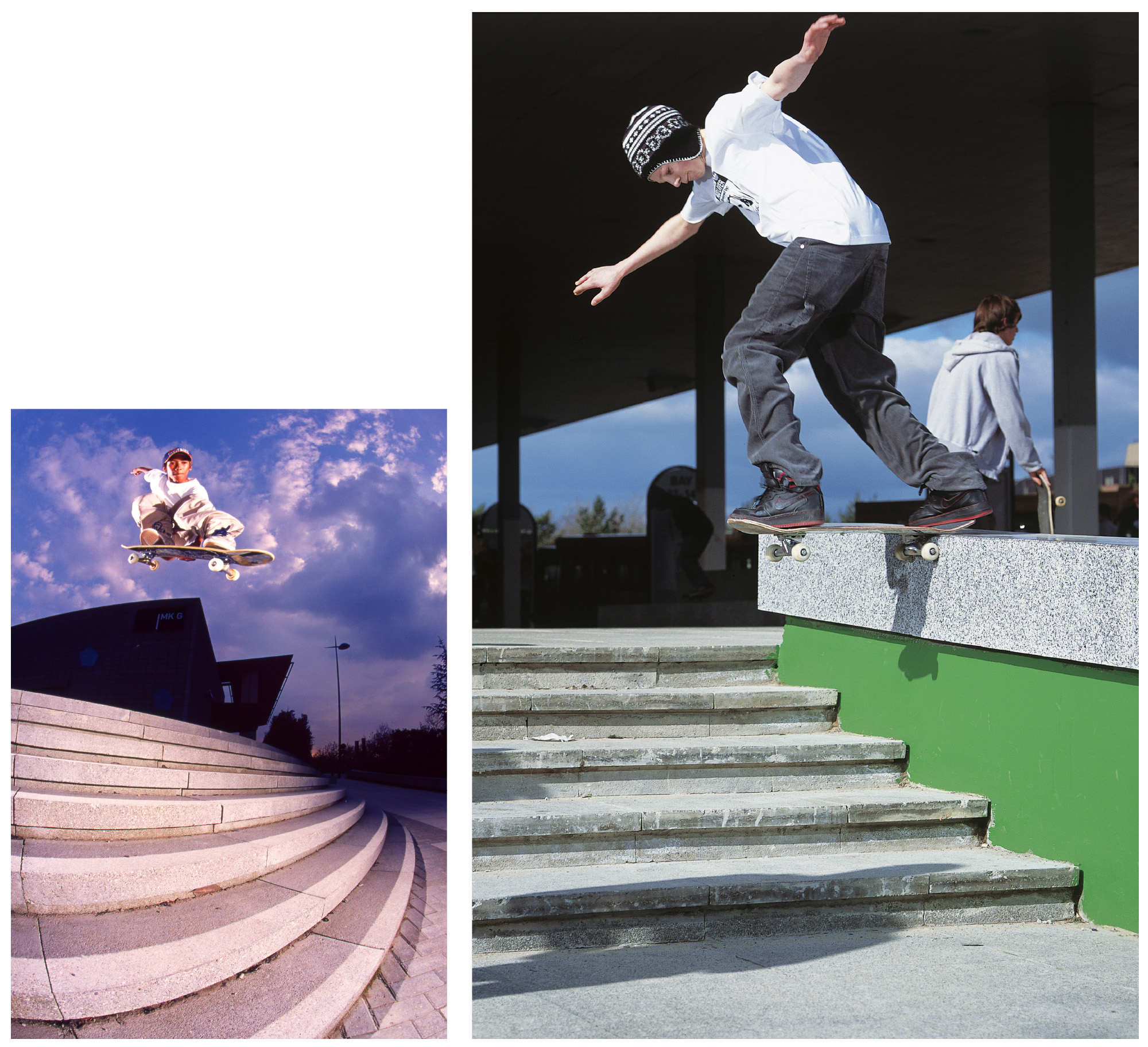
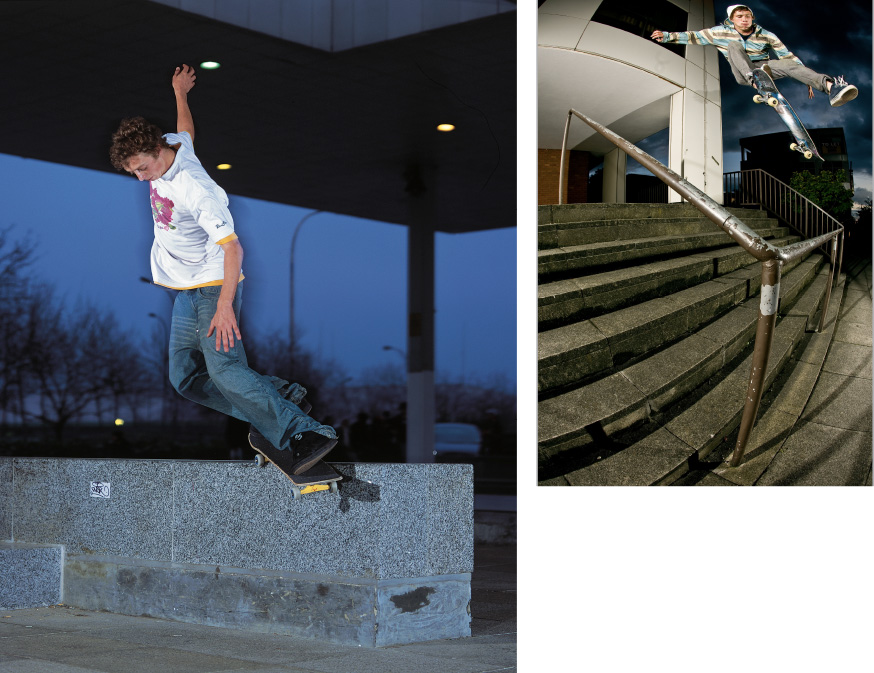
The 2000s was a decade of serious progression for Milton Keynes skateboarding, in which new talent emerged, fresh spots were uncovered, companies were established and – in an unprecedented move - the city effectively handed over its bus station to the skateboard community. Milton Keynes would regularly find itself on the tour itineraries of huge international brands. Girl Skateboards, Flip Skateboards, Zoo York, DC Shoes, Blueprint Skateboards and Matix Clothing are just a few brands that visited the city during the first decade of the new millennium, the photos and footage gathered during each visit are still talked about and referenced by skaters to this day.
Motive Skateboards – the brainchild of Milton Keynes local Rob Selley – also came into being during the early years of the 2000s, sponsoring a roster of talent from all over the UK, though it was Newport Pagnell’s Sean Smith who had the prestigious honour of holding the last part in their full length DVD offering ‘Dimensions’ (2009). The skating that Sean committed to film during this period was technically and stylistically so far ahead of its time that it will no doubt be talked about by skaters for generations to come.
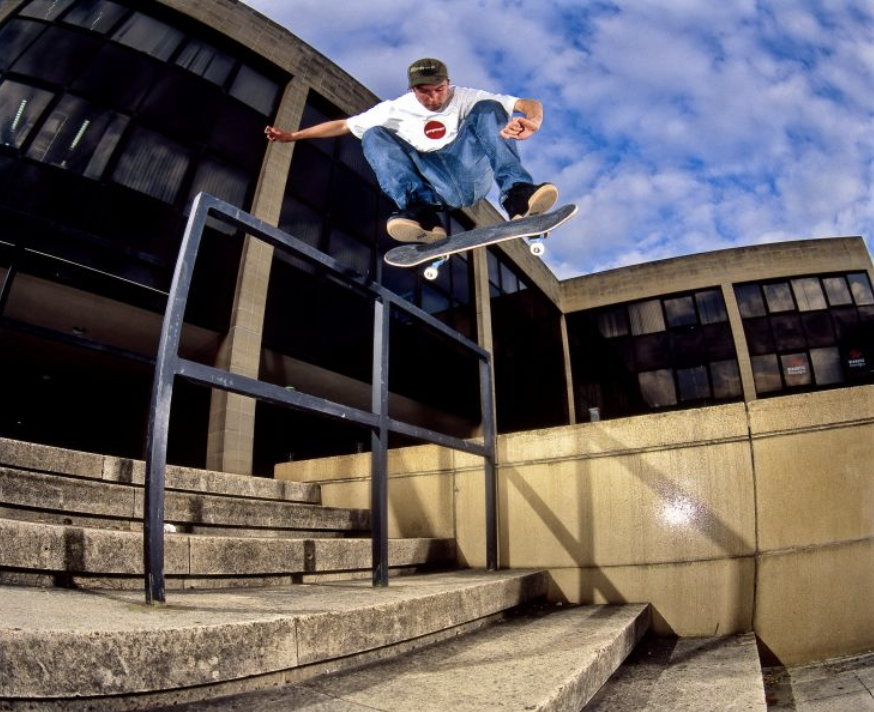
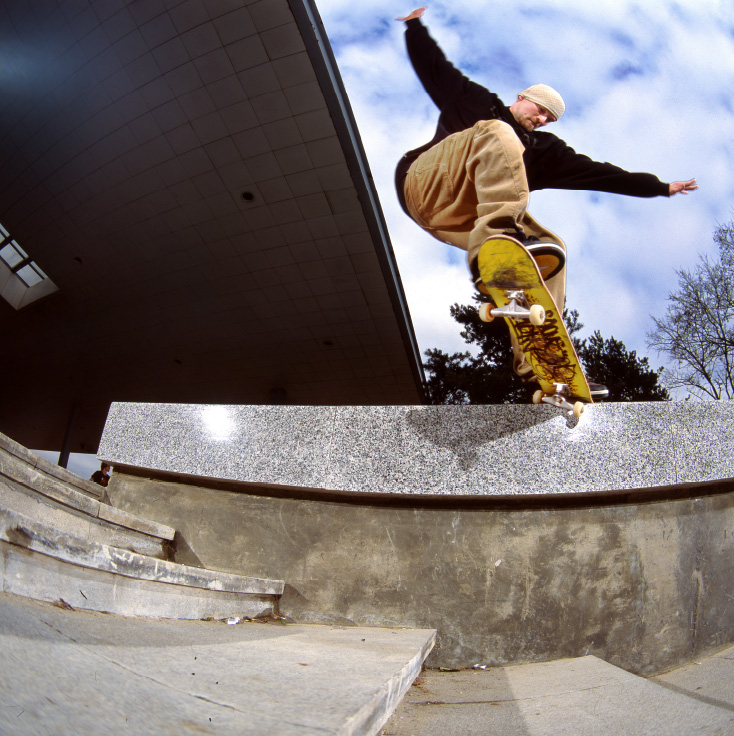
In 2002, the SK8MK project, led by City Architect, Andrew Armes started with the aim of tackling tensions surrounding skateboarding and the need for an area in the city that was dedicated to skating. Proposals from the skate community led to the Central Bus Station being earmarked. No longer used, it had long since been a popular spot for skaters thanks to the concrete infrastructure and open spaces. It was agreed that ‘The Buszy’ - as it became known - needed to reflect the popular skate spots of the city. Local skateboarder Rob Selley and designer Richard Ferrington led the design process, and when finished in 2005, The Buszy became the first purpose-built skateboard plaza in the world. The plaza attracted the attention of the Plan B Skateboards team who came to Milton Keynes in 2007 to take part in a special event dubbed ‘The Battle of The Buszy’.
"I guess, growing up in Milton Keynes allowed me to see street skateboarding as the future of skateboarding." - Wig Worland
Over recent years, skateboarding in Milton Keynes has largely become centred on The Buszy, with home-grown brands such as Station Grip and Tranquil Skateboards both claiming the hallowed space on Elder Gate as their spiritual abode, though it’s not uncommon to stumble upon groups of enthusiastic skaters still exploring the potential that the city and its multitude of spots has to offer. Exploring the wider Milton Keynes area is something that has become even more essential to the local skate community since The Buszy rather confusingly fell victim to the anti-skateboarding modification of property known as ‘skate-stopping’ back in 2018
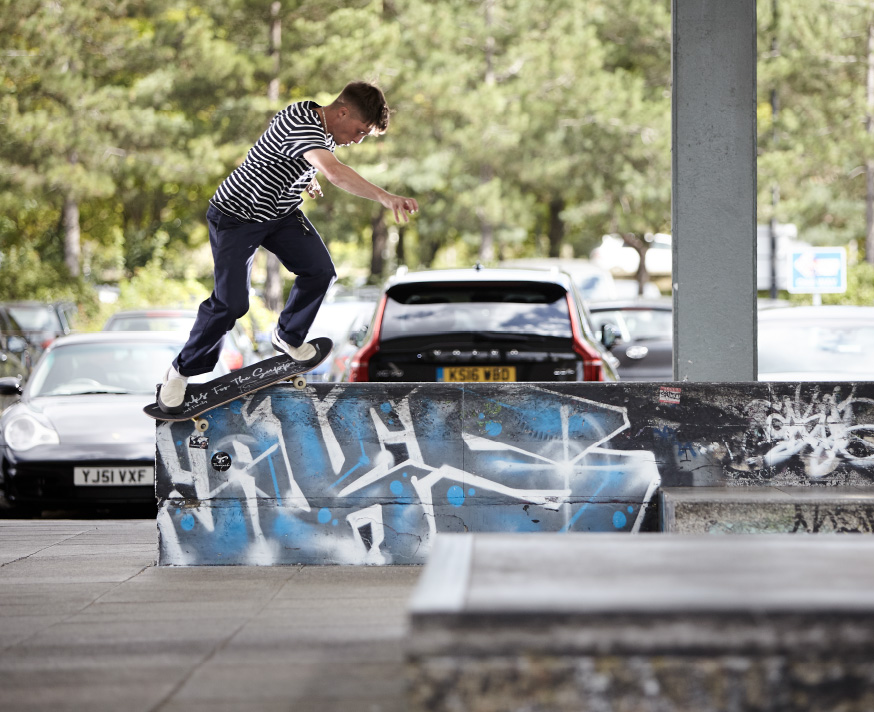
As skateboarding marches towards its Olympic Games debut at Tokyo 2020 – it’s worth mentioning that Milton Keynes native Alex deCunha firmly part of the officially sanctioned Team GB - the popularity of our pastime seems to be expanding exponentially.
Our partners, Living Archive Milton Keynes, have collected the stories of 20 local skateboarders, you can view them on livingarchive.org.uk

